- Why Us?
- Features
White Label
For SaaS Platforms & Agencies
Provide our complete analytics suite to your clients, directly within your own interface and with your/their own branding. Discover Analytics-as-a-Service and White Label Analytics. Great benefit, minimal effort.
- Pricing
- White Label
- Success Stories
- ResourcesGetting Started
CONTENTS
- What Are User Personas?
- How Do You Build User Personas?
- Conduct User Research
- Analyze Findings
- Design Your User Personas
- What Is the Best Way to Document User Personas and Make Decisions Based on Them?
- How Are User Personas Different than Customer Avatars?
- What Is the Best Way of Defining User Personas for SaaS Web Apps?
- What Data Do User Experience Pros or Marketers Need in Order to Create Quality User Personas?
- Are User Personas Supposed to Be Done from Assumption or Research?
- What are Some Examples of User Personas in the Context of Online Shopping?
- The Researcher
- The Value Hunter
- The Brand Devotee
- The Replenisher
- The Mobile Shopper
- The Social Butterfly
- The Gifter
- How Can I Build User Personas on my Website?
- Surveys
- Visitor Statistics
- Visitor Behavior
- User Persona Examples
- User Persona Templates
- Convert Users Into Personas
How to Win Clients and Influence Markets with User Personas

Strive to be successful? Action is the key to all success - and knowing your users is an action that can guarantee sales. You’ve probably heard about user personas and how it offers in-depth analysis of your ideal customers. Though, what’s the big deal with designing a user persona profile?
Well, the deal is pretty big because a business' product development, sales strategy, and marketing campaigns can all greatly benefit from a user persona that has been thoroughly researched, and analyzed.
User personas serve the purpose of ensuring that business actions (such as marketing or product development) are carried out with the user in mind. With the user in mind and the desire to have a successful business, reading this article will give you a better understanding of user personas, how to create one, examples, templates, and more to come.
Scroll through the article or click on the question below if there are specific answers you’re looking for:
What Are User Personas?
User personas are the key to understanding your audience and making informed decisions for growing your business. They are fictional characters that represent the ideal customer that will buy from your business.
To make the most out of it, you need to create a description of your users that incorporate their behavior, psychographics, patterns, work environment, demographic information, and so forth. These insights will help you design different user personas that might use your product or service and ultimately identify what users need from your business.
Effective personas should:
- Represent a significant target audience for your website
- Determine the most significant demands and expectations of users
- Give a precise description of the user's expectations and likely behavior on the website
- Aid in identifying features and functions that are universal
- Describe actual people with pain points, objectives, and values

How Do You Build User Personas?
It’s not an easy task - you must conduct extensive research on your actual prospective clients, compile the data you have gathered (including names, occupations, levels of education, marital status, and pain areas), identify commonalities, and then precisely describe your user persona.
Working with real people is essential to establishing a user persona. Your product will continue to attract new customers as long as your personas are based on REAL clients.
Conduct User Research
The best way to find out users' information is by conducting market research. This information can be collected through interviews, polls, surveys, observation, and so forth. In case you don’t have time or money for such a thing, you can also create user personas based on the information you already have about your customers.
You can use customer support records, web analytics, and social media channels to design a persona if your product is out there and has actual users. Until actual personas are produced, an effective approach is to design a temporary persona, which is a persona created using these methods.
Analyze Findings
Once you've accumulated enough data, both qualitative and quantitative, group the data into personas that correspond to your ideal customers. The purpose of this step is to find patterns in user research data that allow the classification of comparable individuals into user types.
You will develop a general understanding of the different users within the project's focus area based on your preliminary study, including the ways in which users differ from one another.
When analyzing findings, make sure you:
- Look over the behavioral characteristics
- Include each user in a category
- Determine trends - identify a group of people that fit in variables created by you
Never forget to concentrate on the primary requirements of the most significant user groups—you can't please everyone, so don't attempt to!
Design Your User Personas
Gathering descriptions of a person around patterns of behavior is crucial. In this step, the researcher's task is to characterize each persona in a way that conveys the right amount of understanding and empathy to understand consumers.
Avoid the temptation to include too much personal information during this step; while a persona can be brought to life with one or two personality traits, too many details will be distracting and will undermine the persona's credibility as an analytical tool.
When designing a user persona, you need to include:
- Persona name
- Photo
- Demographic information
- Objectives and needs
- Frustrations/ Pain Points
- Behavior
- Personality hints
What Is the Best Way to Document User Personas and Make Decisions Based on Them?
Build your personas to include the 80 or 90 percent of your user population that is genuinely significant. People frequently overlook the fact that personas are designed to help solve problems that affect your user types and not just problems that sound intriguing.
Well-written and developed personas research will include the majority of the product's users, pertinent user details, and its design in a readily understandable style.
Since you can always find that 1% persona to refer to solve whatever problem sounds appealing to you at that time, over-persona'ing is worse than not having personas at all.
How Are User Personas Different than Customer Avatars?
Quantitative details about the consumer, such as age and income, are referred to as customer avatars. Avatars are an effective technique to start considering the customer from a business perspective and to obtain broad descriptions of different user types within the targeted market demographic.
Personas, on the other hand, are investigations into how individual variations affect how consumers specifically respond to product features and services rather than business-driven goals. Motivation, attitude, learning style, and computer self-efficacy are a few examples of these variations.
What Is the Best Way of Defining User Personas for SaaS Web Apps?
SaaS products typically feature a variety of user persona types that differ based on three crucial factors:
- Demographics
- Job position/title - this will determine the reason for buying your product
- The company they work for - even if your users activate in the same industry, they have different needs regarding your product
- Demographic data - this data will help you identify what type of product your users need
- Primary Goal
- What problem need users to solve with your product
- How does your product help users accomplish their goals
- Pain Points
- Does the product they use lack some features?
- Are other solutions hard to use or time-consuming?
- What stops consumers from achieving their goals?
Knowing what unique benefits using your product will provide to the user in question is critical, as different users may encounter different obstacles.
What Data Do User Experience Pros or Marketers Need in Order to Create Quality User Personas?
Creating an accurate description that appeals to potential customers requires data-driven research - it can assist direct copywriting efforts and marketing techniques such as targeted advertising or product development.
Traditional consumer personas are less accurate than data-driven ones in capturing your target audience. You can integrate data-driven research into relevant marketing strategies that will reach potential customers with advertising that is specifically targeted to them while protecting others who may not be interested from being completely bypassed using data from web analytics, digital surveys, or social media insights.
Are User Personas Supposed to Be Done from Assumption or Research?
Beyond a shadow of a doubt, user personas should be achieved by conducting research.
Personas are the purest representations of real users. They are used in user experience (UX) design to focus on the reality of the target users and foster empathy with them.
Personas should never be created based on preconceived notions about your users; instead, they should always be developed from observations of actual users.

What are Some Examples of User Personas in the Context of Online Shopping?
You need to understand the many behavioral archetypes and the strategies, messages, and materials you can use to influence them if you want to succeed as an online vendor. You'll be able to increase customer engagement, increase sales, and expand your reach by adapting your store to fit these personas.
The Researcher
Researchers love to spend time learning about your products and any possible benefits. You should explain how your products live up to your brand promise, answer their questions, and describe how your products can improve your customers' lives if you want to attract those customers.
You can use ratings, recommendations, and case studies (if applicable) to influence their decision-making by building trust and providing meaningful social proof. The persuasive quality of social proof could persuade customers to emulate others who have given your company positive reviews.
The Value Hunter
The value hunter searches your site for the best offers and deals to buy things that are worth their money. Promote a compelling value proposition that explains the benefits and value of your products to attract these consumers to your brand.
Offer a limited-time coupon, flash sale, or other special promotions on your site to encourage purchases. These offers contribute to the sense of urgency that encourages the value seeker to make a purchase.
The Brand Devotee
The brand devotee is loyal to your company. They are extremely knowledgeable about your goods, frequently to the point where they serve as brand advocates and buy again. Maintaining their interest in your business and thinking of ways to maintain gaining their trust, loyalty, and business can help you connect with this user persona.
To keep customers coming back to your website, make sure to give them an engaging user experience and think about providing incentives like a loyalty program.
The Replenisher
The replenisher is a devoted consumer who highly values your goods and frequently visits your website to make purchases. You should provide a simple, personalized reordering experience to keep them.
To provide convenience and value and increase sales, consider adopting a subscription service. To optimize their lifetime value to your company, treat the supplier like a VIP and give them a sense of exclusivity.
The Mobile Shopper
Always on the go, this consumer is used to making online purchases on mobile devices. They demand a simple purchase process and, as a result, a hassle-free shopping experience. You can use local pickup alternatives such as click and collect to provide these customers with convenience and instant gratification in addition to providing a responsive mobile experience, and get your mobile marketing on point to win them over!
The Social Butterfly
The social butterfly might be compared to a social media influencer who is eager to help others and share their knowledge with their loved ones. Provide simple tools for social sharing and discovery, and personalize product suggestions to make it simple for them to influence their network.
The Gifter
The gifter is a passionate shopper who wants to buy goods for their network of friends and family. You should emphasize the benefits of your items and how giving them as gifts can earn the gifter kudos, rewards, and savings in your marketing.
The goal is to present your offering as the ideal present for their requirements. By using gift guides, product categories, promotions, and giving services, you can make it easier for the recipient to purchase.
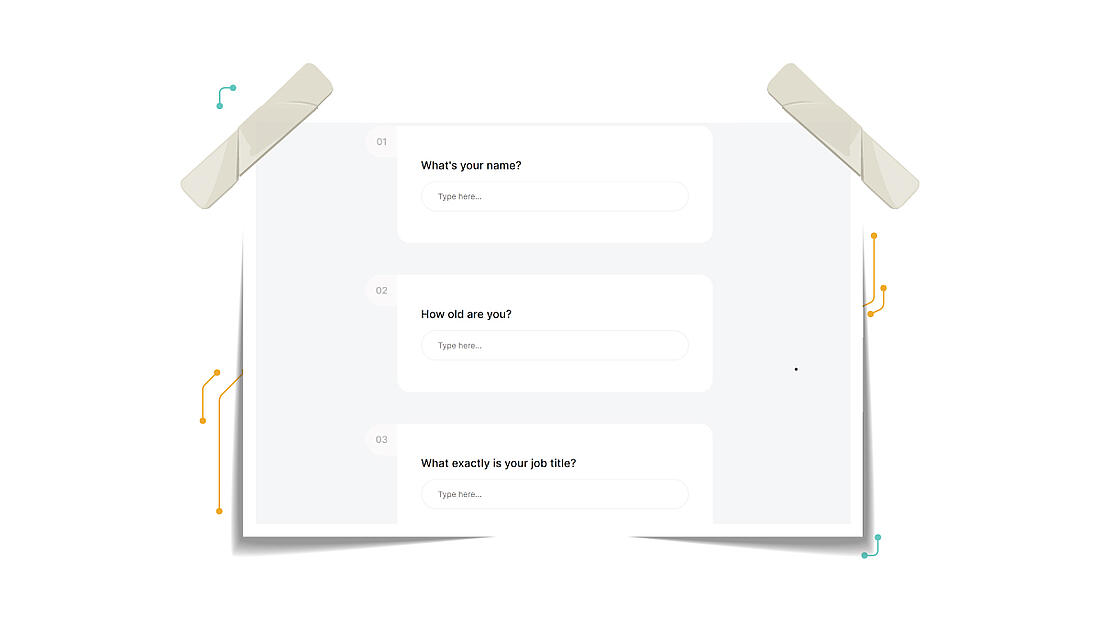
How Can I Build User Personas on my Website?
If you want to ensure that you target the right user personas and don’t end up without any suggestions for your product, you must definitely conduct user research. Wondering how? Well, owning a website can be the best thing that happened in your life. With the right web analytics tool, they help you achieve a lot of research backgrounds.
When needing to build user personas on your website, TWIPLA provides all the whistles and bells you’d expect from a web analytics service. People say you can reach the sky with this solution, but you will have to feel it on your skin.
Surveys
In research of human subjects, surveys are the best ways to find out insights. You can add as many questions as you need to create informed user personas. You can identify the ideal clients using market research surveys, which also help you to vividly describe their motivations and patterns of activity.

You can define client segments by using surveys to gather demographic, psychographic, and lifestyle data on people who use your products and services. You will gain a deeper understanding of several client demographics and their buying behaviors by conducting survey research.
Visitor Statistics
Surveys are a good way to collect user information, but sometimes they can be problematic - lower response rate, the process of creating the survey can take a lot of time, investment, and so on. As an alternative to surveys, you can track visitor activity on your website and statistics about them, such as the number of visited pages, browser, device, time spent on each page, operating system, approximate location, and so forth.
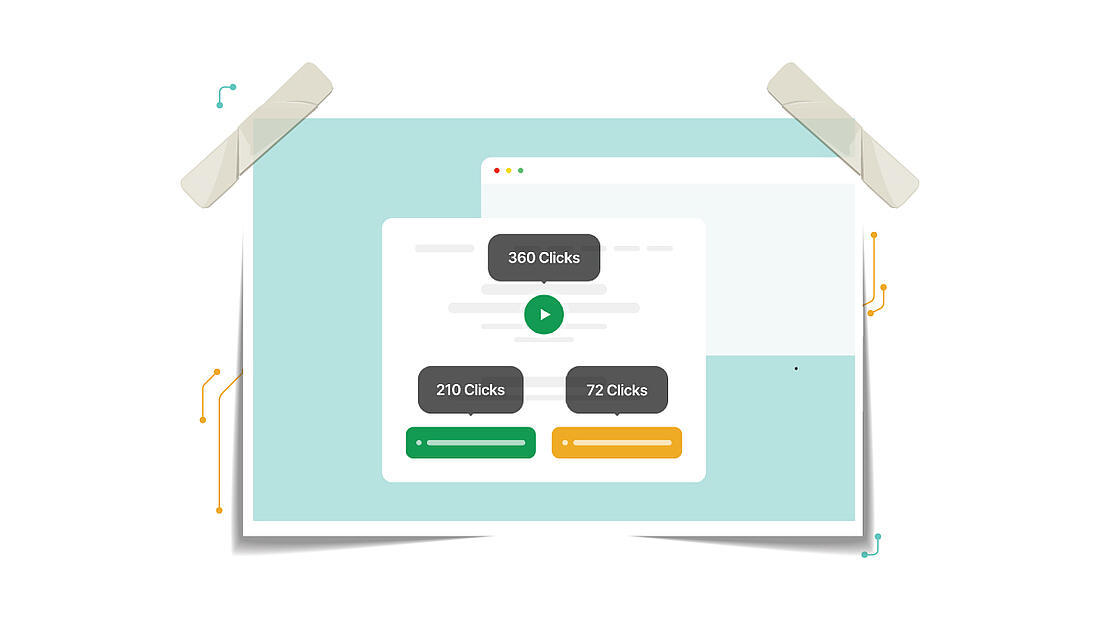
Visitor Behavior
Having the opportunity to observe and analyze website visitor behavior is also a key element to building user personas. You can track what people like the most on your website, what they don’t like, how they interact with your website, where they click the most, and so forth.
All of this can be achieved with heatmaps, conversion funnels, click tracking, and session recordings. This information can help you segment your visitors and create an informed and unique buyer persona.
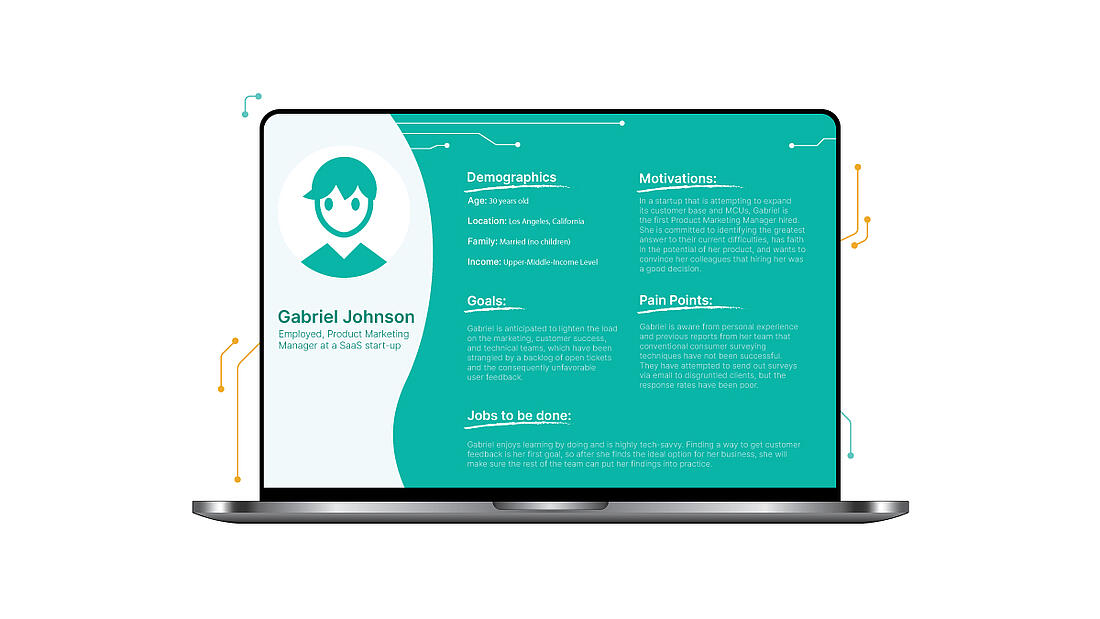
User Persona Examples
A little advice is not to rely on these examples - every business has different customers who have different needs. Don't try to replicate these examples and fit them into your business. You should conduct user research and based on your findings, you can then take a look at these examples and create your user personas.
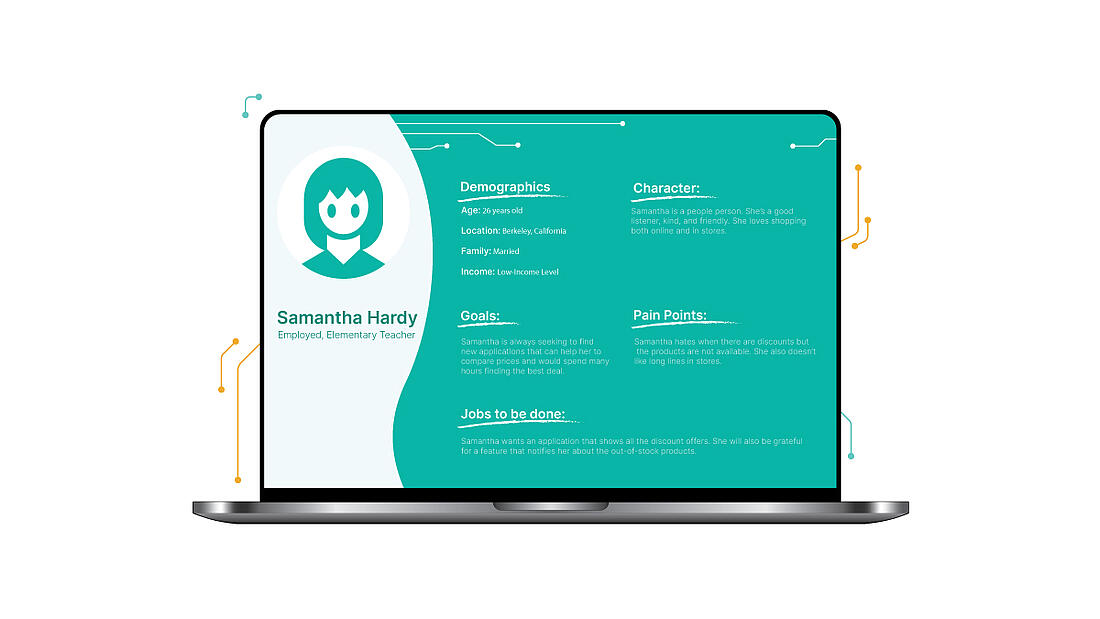
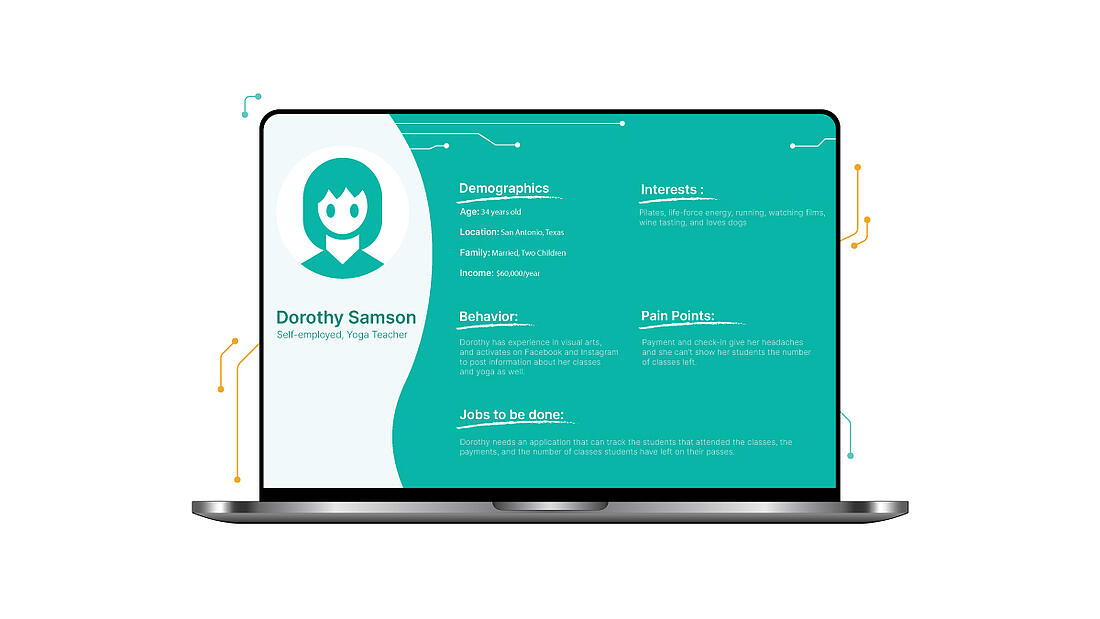
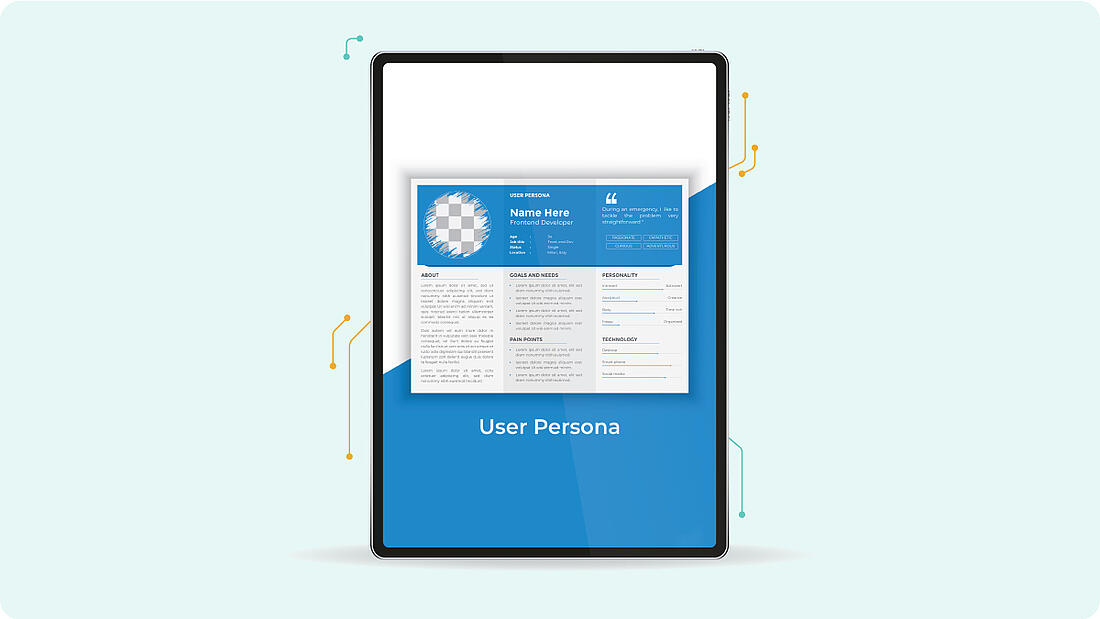
User Persona Templates
Templates, templates, templates - so many of them online that can help you illustrate and summarize a target market that you have studied or observed for your good or service.
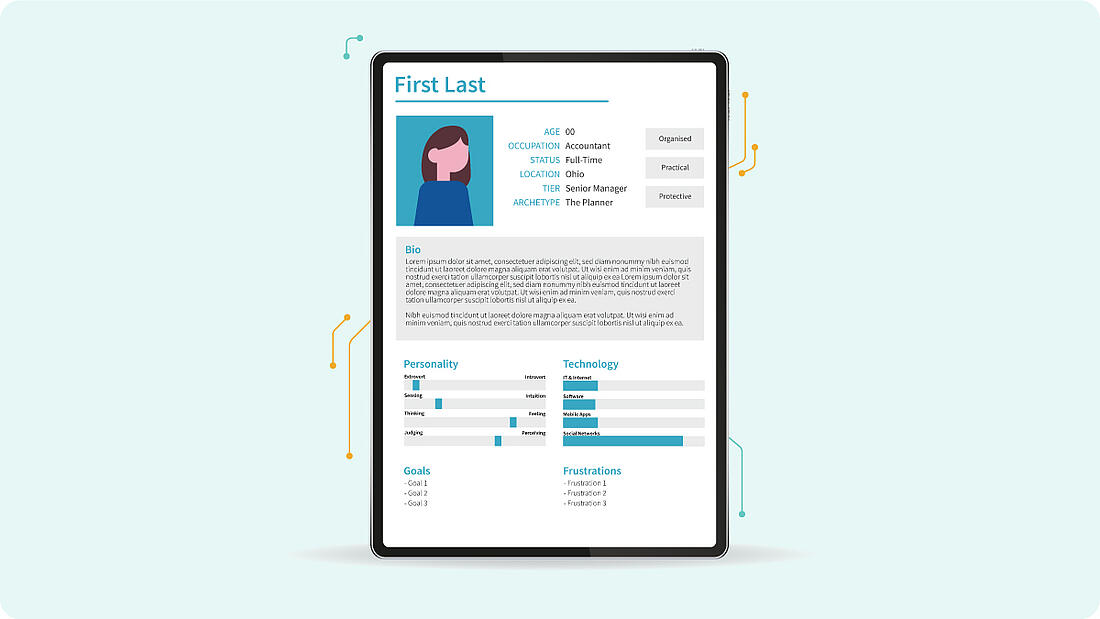
You work with a target audience in mind whether you're in content marketing, product marketing, design, or sales. It might be a prospect or customer for you. It could be someone who would profit from your offering.
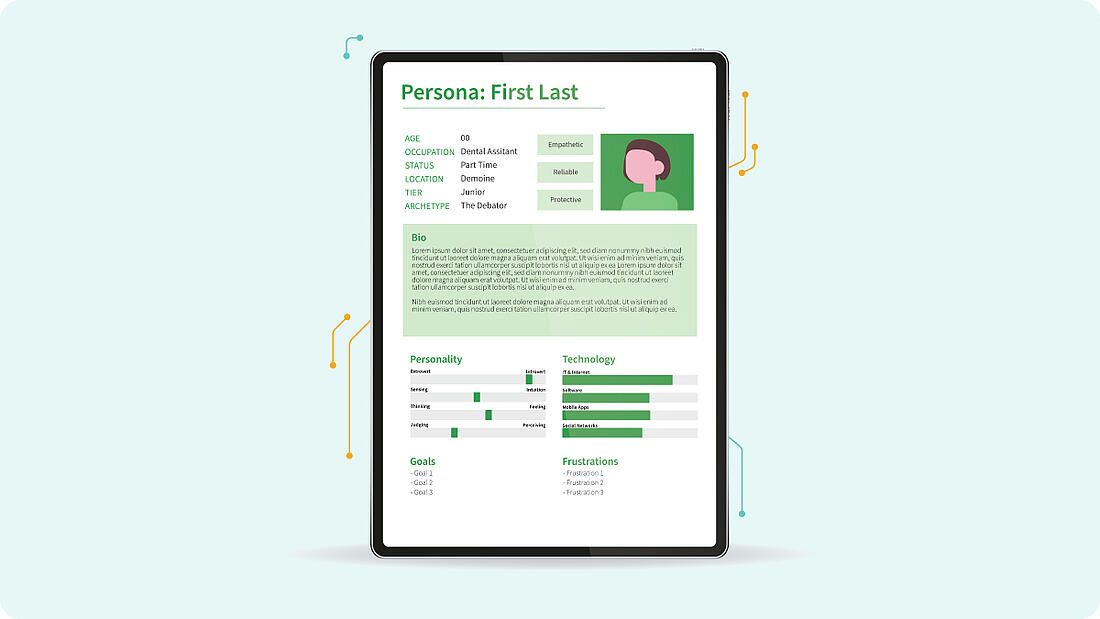
Usually, there are a variety of demands and personalities involved that interact in fascinating ways. You develop a persona by condensing your understanding of a user into a single, abstract representation of the audience you want to reach.
Convert Users Into Personas
And with that, we wrap up our article!
If you make it to the end of our article, then you are ready to create a unique user persona and take your business to the next level. I hope this article was insightful and that you will be inspired by all the information covered.
We appreciate you sharing this article and letting people know that user personas are important for their businesses!
Share article
Get Started for Free
Gain World-Class Insights & Offer Innovative Privacy & Security

You might also like
Market Research: The All-in-One Guide to Conducting Market Research 12 September 2022 - by Simon Coulthard
12 September 2022 - by Simon Coulthard
What is CX? - Customer Experience in Marketing & Why it’s Important 05 August 2022 - by Simon Coulthard
05 August 2022 - by Simon Coulthard











